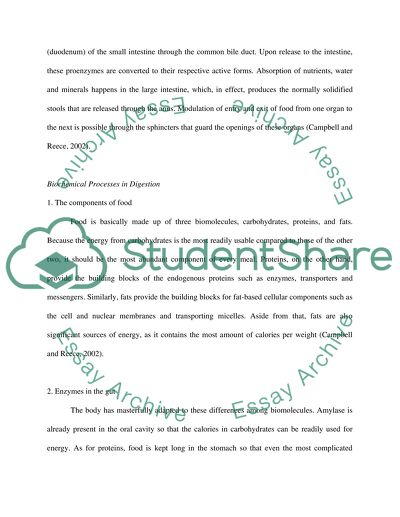Cite this document
(“Case study of nutritional biochemistry (with clinical implications) Essay”, n.d.)
Retrieved de https://studentshare.org/health-sciences-medicine/1392509-case-study-of-nutritional-biochemistry-with
Retrieved de https://studentshare.org/health-sciences-medicine/1392509-case-study-of-nutritional-biochemistry-with
(Case Study of Nutritional Biochemistry (with Clinical Implications) Essay)
https://studentshare.org/health-sciences-medicine/1392509-case-study-of-nutritional-biochemistry-with.
https://studentshare.org/health-sciences-medicine/1392509-case-study-of-nutritional-biochemistry-with.
“Case Study of Nutritional Biochemistry (with Clinical Implications) Essay”, n.d. https://studentshare.org/health-sciences-medicine/1392509-case-study-of-nutritional-biochemistry-with.


